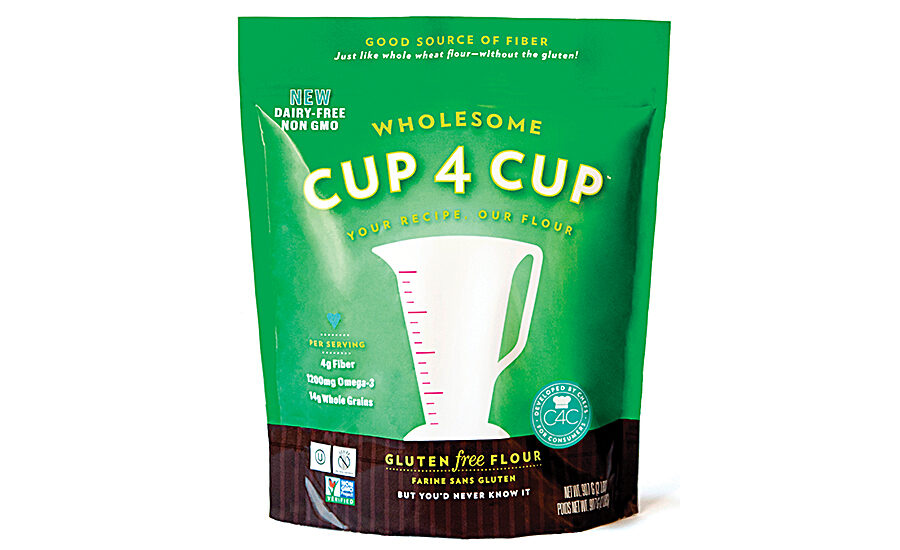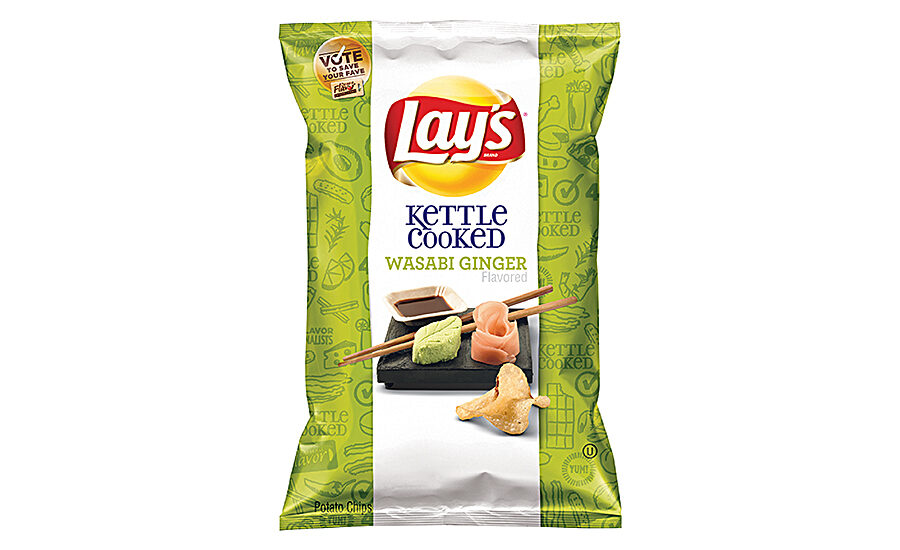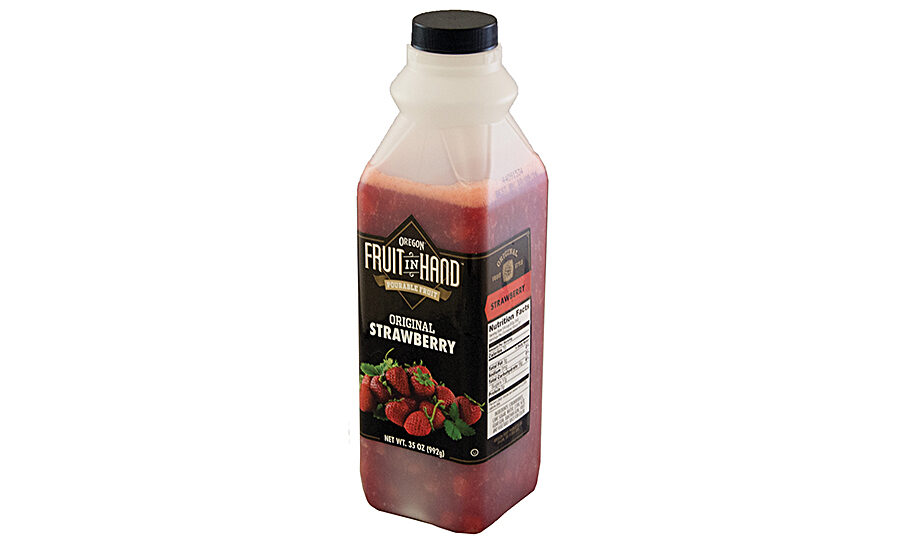Prepared Foods talks with Phil Kafarakis, appointed in 2014 as National Restaurant Association (NRA) chief innovation and member advancement officer. He reports directly to Dawn Sweeney, NRA president and CEO, and is a member of NRA’s executive leadership team. His responsibilities include membership, strategic marketing, product and services business development, innovation, strategic partnerships and international.
Kafarakis has more than 30 years of brand management, business development and strategic planning experience in the food and beverage industry. Prior to joining NRA, he held various executive leadership positions at McCormick & Co., Cargill, Aqua-Novus Corp., Jones Dairy Farm, Oscar Mayer Foods Corp., (where he started his career) and later at Kraft USA.
Prepared Foods: Why did NRA create this position? What are your responsibilities?
Phil Kafarakis: Bob, I ask myself the same question every day! But joking aside, this position was created by our President and CEO Dawn Sweeney. It was completely Dawn’s vision to create a position that focused on providing enterprise-wide business solutions for our members as they navigate operating challenges that are by-products of policy issues. It’s my responsibility to align our marketing, membership and business development departments here at the National Restaurant Association to solve member business problems.
As the National Restaurant Association is very much involved in an array of critical policy issues and represents the industry’s perspective, it’s critical that we are able to inform our members of the business implications.
For example, this past year, we launched the NRA Health Care HQ to help our members better understand the components of the ACA, help them comply with regulatory deadlines and expose them to health insurance options that are competitive. We partnered with a very savvy technology company and one of America’s premier healthcare providers to deliver this solution, thus generating revenue to advance our not-for-profit mission. It is one of the most intellectually stimulating and rewarding opportunities that I had in my career.
Dawn has been a great supporter in enabling me to develop new business processes and attract high performing talent to enact this business model. We are very excited about the future, because it goes beyond healthcare. We are working on the payments space and the effects of menu labeling and nutrition that are coming down the pipeline. It is a business model like no other.
PF: How does manufacturer-supplier experience help your work?
Kafarakis: It has been invaluable during my time here. Given my comprehensive understanding of the supply chain and how manufacturers see the restaurant landscape—and now being fully immersed in this business from the restaurateur’s perspective—I can more effectively bring everyone together to achieve mutually beneficial business success.
The primary difference between my industry experience and my current role is that now I view the National Restaurant Association programs and engagement platforms as actual products. Internally, we have aligned our marketing strategy to focus on four categories that provide business solutions for restaurateurs as they look to create demand, attract and retain talent, and be good stewards in their communities.
Having an understanding and background in disciplined business processes, brand management and strategic customer relationship management has served me well in aggregating the policy benefits that the National Restaurant Association provides, to the actual impact on a restaurant’s P&L.
The major difference for me is I that am no longer running a durable goods /hard goods business. This is more of a content, big data, media and advisory services model. This role has allowed me to transfer more than 30 years of industry experience and apply my skillset to help advance everyone from independent restaurant owners to multi-billion dollar corporations.
It is exciting for me to be at the crossroads of more than 40,000 National Restaurant Association member companies that represent approximately 600,000 of the 1 million restaurant locations in this country. Every day, I engage with members, suppliers and creative entrepreneurs and we look to solve problems.
PF: This spring, we reported on NRA’s annual Food and Beverage Innovation awards (FABI). What was your take on the food and beverage honorees?
Kafarakis: This year, we have an outstanding group of winners that demonstrate a few critical industry and consumer trends. All of our FABI winners show that our operators not only want to provide consumers with the health conscious alternatives that they crave, but also offer them delicious and interesting products that continue to pique their interest in the future.
Oregon Fruit Products’ Fruit in Hand is a product with no artificial colors or flavors and countless possibilities to provide a healthy alternative in smoothies, cocktails and desserts. And as consumers become more allergen conscious, Cup4Cup Gluten-Free Wholesome Flour Blend provides a true kosher, dairy-free, gluten-free flour replacement in cooking and baking.
Even in the traditional soda category, we see equipment that is aligned to consumer’s affinity for personalization. The Coca-Cola Freestyle 7000, a smaller version of their previous award winning models, was a favorite this year. The smaller footprint of the new machine also shows that Coca-Cola is adapting their popular product for smaller spaces- including, perhaps, eventually a consumer model.
PF: We see that you also participate in the International Foodservice Manufacturers Association, which has been trying to help members improve new product development success rates and better understand consumer visits. Can you think of an example where these efforts help both manufacturers and operators?
Kafarakis: Anheuser Busch is a great example of where understanding consumer visits has been paying off. Anheuser Busch has leveraged its global brand to compete with micro-breweries. It’s used innovative recommendations for beer pairings and leveraged newer brands like Shock Top and the Bud Light Rita family and all these efforts are paying off.
Anheuser Busch is the perfect example of going beyond the market trends, and applying those to new and existing products to keep your customers coming back. At the same time, while partnering with the National Restaurant Association, they have creatively delivered their responsible alcohol message through our ServSafe business and have distributed their proprietary research on server recommendations to restaurateurs looking to improve their bottom line.
PepsiCo is another excellent example. Under the leadership of CEO Indra Nooyi—who walked our show floor last year—you have seen PepsiCo consistently focus on innovative new food and beverage offerings. Newer introductions like Pure Leaf and Naked Juice have been successfully integrated into a brand portfolio that now includes options like baked Frito-Lay’s products and items such as Quaker granola bars with quinoa.
At this year’s show, PepsiCo had a clever and innovative show presence showcasing their culinary team. Clearly, Indra Nooyi places a high emphasis on foodservice innovation. If that commitment that starts at the top, those organizations succeed the most.
PF: We see the Research Chefs Association promoting the contributions of corporate chefs within the product development process. From your years in the industry, can you see these corporate culinary activities bearing fruit?
Kafarakis: Yes, definitely. The reality is the more that you understand the culinary complexities with recipe formulation and the “back of the house,” the more relevant your value proposition is to a restaurateur. We all clearly understand that the culinary operator has a different mindset and more rigid expectations with regards to food preparation, ingredient qualities and the dynamics of various cooking methodologies. Having the ability to translate the entire culinary ecosystem goes beyond just product trends.It requires a deep understanding of the complexities found in the restaurant kitchen.
We continue to develop alliances with a variety of culinary associations that allow us to showcase our ServSafe brand and the philanthropic work that we do with our ProStart program (high school mentoring program). It is one of my personal goals to bring the culinary community closer to the National Restaurant Association as ambassadors to the great career opportunities that exist in our very diverse industry, especially in the manufacturer/processor corporate chef area. No other community in our industry can be as influential in shaping young people’s lives and careers more than the hardworking restaurant chefs of our industry.
PF: Let’s say you are going to speak to a room full of foodservice food and beverage manufacturer-suppliers. Now from your new vantage point at NRA, can you see some gaps or opportunities where processors and their operator customers aren’t quite on the same page? What’s your advice?
Kafarakis: I would recommend that manufacturers ask two critical questions. First, ask yourself, “Whose problem are you really solving?” (Yours? Theirs? The consumer? The distributor?). I also would ask, “What is the root cause preventing mutual progress? (formulation ingredients, kitchen equipment, supply chain gaps, people’s thinking, etc.?)
Here are five additional key thoughts. First, get beyond selling product solutions. It is no longer about the benefit or features of one product. Secondly, manufacturers should understand that time pays off. If you are looking to close [a sale] that minute, you are setting yourself up for failure. Thirdly, exhaust all resources at your disposal and look for help in the most obvious places.
Fourth, I think manufacturers must encourage disruptive ideas. Even if it fails, you win. Finally, at the very least, teach operator customers something that is adjacent to your product benefits.



